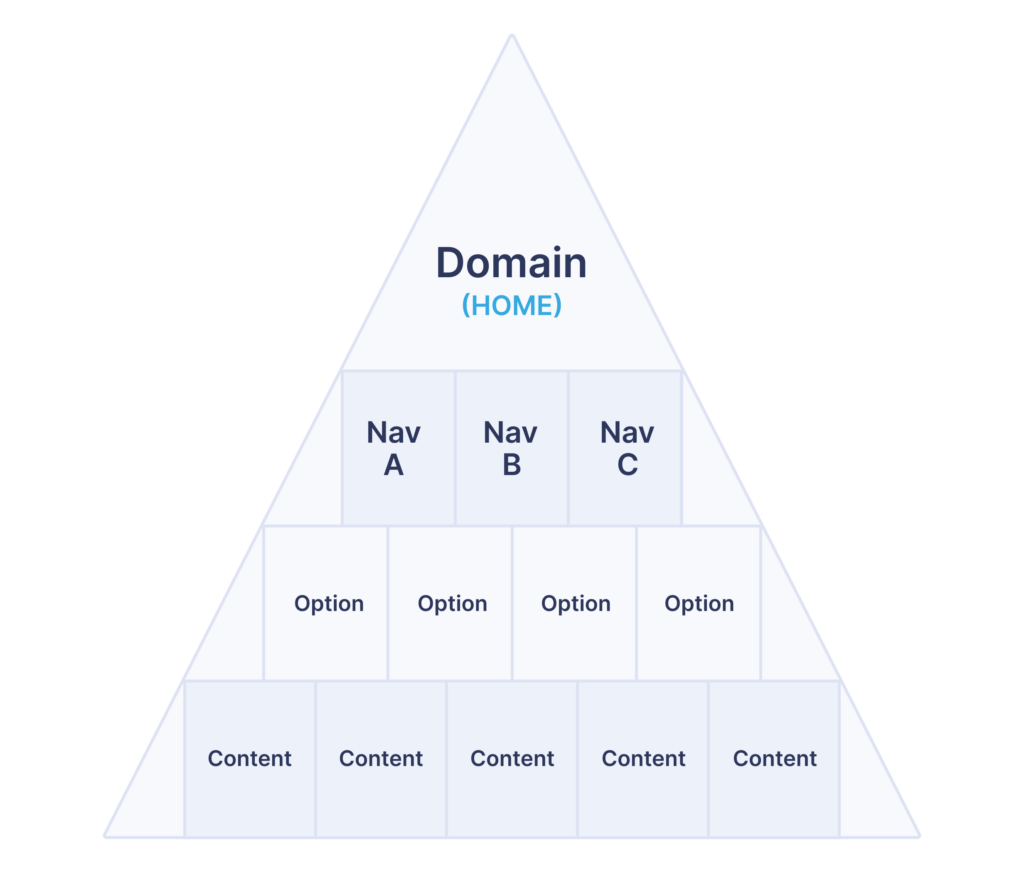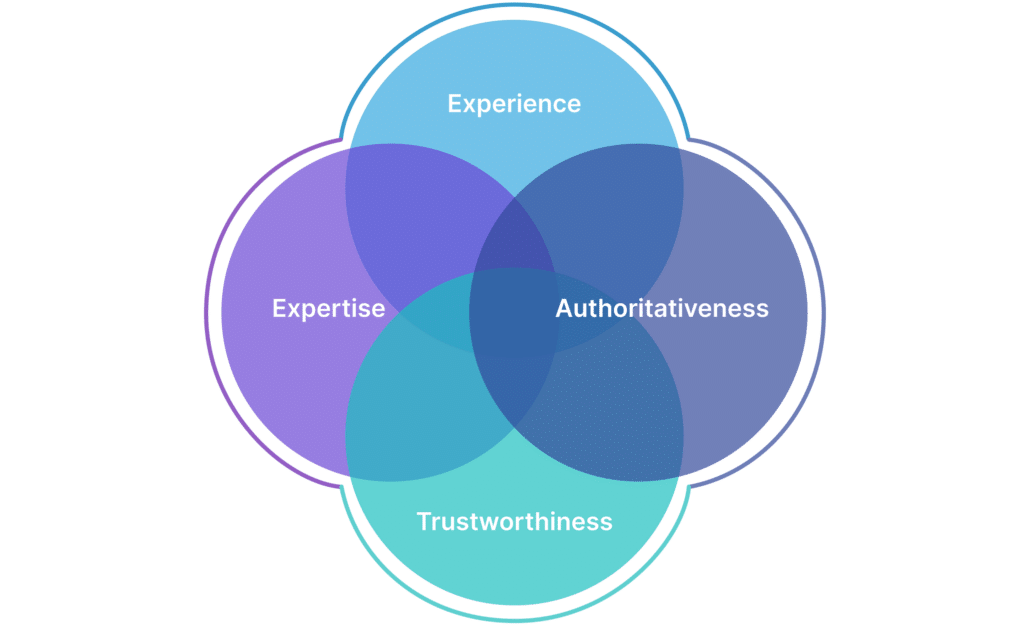When you’re looking to grow your business online, getting more visibility in Google’s organic search results is a great strategy.
The problem is that most SEO agencies don’t make it clear what they’re doing with SEO or how it works, so it’s hard to know if their work is helping or harming your business.
Before working with a Melbourne SEO agency, it’s important to have a foundational understanding of search engine optimisation and how it works – even if you’ve already done SEO in the past.
This is so you can know the most important factors with SEO and how they work so you can use them to your advantage.
In this article, you’ll find out exactly what they are.
Let’s dive in!
What exactly is SEO?
SEO stands for Search Engine Optimisation. It is the art and science of getting your website found in the free or “organic” space of Google, Yahoo and Bing.
The objective is to get your business in front of ideal customers to increase sales, generate leads, and improve brand awareness.
To understand SEO, you first need to understand how search engines work.
How Search Engines Work
Search engines use computer programs called web crawlers, spiders, or bots to crawl the web. When they find a new page, they add it to an index.
We think of the index as being similar to an old-fashioned address book or Rolodex. Then, when someone types something into a search bar, they use an algorithm consisting of ranking factors to determine which pages get pulled from the index and into the search engine results.

The goal of the search engines is to provide the best possible webpage for each search (also known as a search query or query).
Notice how we say “webpage”, not the “website”.
Search engines don’t rank entire websites. Instead, they rank individual web pages.
An algorithm is nothing more than a process or set of rules to be followed when solving a problem. In SEO, the problems are the search queries and the answers are the web pages in search engine results. The algorithms are the computer programs that pair the two.
The algorithms that calculate search engine rank are complex, ever-evolving and secret. That can make SEO feel overwhelming. Don’t let it. Because at its core, it all comes down to helping Google fulfil their mission.
Google’s mission stays the same: “to organise the world’s information and make it universally accessible and useful.” By taking a holistic SEO strategy, you ensure that the pages on your website help Google fulfil its mission today and tomorrow.
To simplify the concept of SEO, we break it into four pillars.
The Four Pillars Of SEO
The four pillars of SEO are:
- Technical SEO
- Content
- On-site optimisation
- Off-site SEO

Let’s explore each of these pillars.
Pillar 1 – Technical SEO
The first pillar is technical SEO.
Why? For the search engines to show your web pages in the search results, they first need to find, crawl and index them.
Google, Yahoo and Bing use spiders to crawl the internet and collect information about the web pages they come across. There are files and directives (snippets of code) in your website that give search engine spiders a set of instructions for how they would like to be crawled and indexed.
A robots.txt file tells the search engines where not to go. Most of the time, you want to allow the search engines to crawl all of your web content. Sometimes, you’ll use the robots.txt file to keep the crawlers out of sections of your website which may have duplicate, thin, or private content you don’t want appearing in search results. For now, all you need to know is that the robots.txt file tells spiders, “No, don’t go there. Don’t index these webpages.”
An XML sitemap is the opposite of the robots.txt file. It provides the search engines with a list of all of the pages on your website that you do want to be crawled, indexed, and shown in search results. Think of it as your website’s resume. It contains the high-level information that is needed to get the conversation started, such as when a web page was last updated and its relative priority compared to other pages.
There are also meta directives in the form of code snippets that live in the header of each webpage. These directives aren’t visible to website visitors. Instead, they provide search engine bots page-by-page instructions as to how to index the content on the page.
We include security, responsiveness (mobile-friendly) and speed within technical SEO. These three key technical factors impact usability.
It should be no surprise that the search engines like websites are served via secure HTTPS connections.
And, with over 60% of searches coming from mobile devices, your website must display well on all devices – desktops, tablets and mobile phones.
Lastly, speed matters. It doesn’t matter how great the content on a page is if it loads slowly. People quickly leave a page that loads slowly (more than 2 seconds), and in turn, they’ll be frustrated with Google for sending them there. Hence why the search engines reward high-speed sites.
The last element of technical SEO is site structure. The search engines need to understand the relative priority of pages on your website and how your site fits together.
You can think of structure as being a pyramid with your homepage on the top and your main navigation in the layer below. Each layer below those top two is an increasingly less important collection of web pages.
Our goal is an equilateral pyramid. We don’t want our website to be too wide or too tall.

Technical SEO can seem overwhelming at first. However, if you break it down into these parts and understand the why behind each one, then it becomes digestible. And, it becomes much easier to implement the tactics that will improve it.
Pillar 2 – Content & User Experience
With technical SEO in place, search engines can find and index our web pages. What they find on each page is the content.
Content has been the backbone of SEO since its inception. It includes text, images, video, tables, PDFs and much more. The search engines extract meaning from each webpage based on the content on the page.
There are five factors to keep in mind as it relates to content and SEO:
- Quality – Unique, well-written content that provides visitors with great value is a must.
- Keywords – Content needs to include the phrases you want to gain exposure for in the search results. Cluster-related keywords together and use synonyms to provide greater context.
- Recency – Fresh, new content is popular with search engines. Often, the most frequently updated content on a website is your blog.
- Type – Depending on the page’s topic, you will want to integrate a meaningful combination of text, images, video and more to ensure the page is dynamic, visually appealing, and engaging.
- Relevancy – How well the content on your website matches to search queries is content relevancy. The more relevant, the more likely your web page will perform well in the search results.
You can have great content on your site, but if users have a hard time finding and interacting with it, search engines will notice. When it comes to user experience, you can make visitors and search engines happy by addressing the following:
- Navigation – Your site has a logical information flow that makes it easy for users to find the content they are looking for.
- Look – Your site is presented in a simple and visually appealing manner that conveys trust, authority, and the spirit of your brand.
- Feel – People enjoy how they interact with your site and how your site interacts with them in return.
- Usability – The site is easy to use and functions in a uniform way that aligns with visitor expectations.
Now that you know the role that content plays in SEO let’s take a look at how you can improve other elements of your website to appeal more to search engines and visitors.
Pillar 3 – On-Site SEO
The word “optimisation” is overused and vague in search engine marketing. What does it mean to “optimise” your website? It could mean many things – speed up its performance, improve usability, or insert keywords into the copy.
The primary on-site elements that need to be “optimised” or improved for users and search engines include:
- Page titles and meta descriptions are tags in the header of each webpage. The search engines use these to craft the snippets of information you see in the search engine results page. Page title tags influence rank and a person’s likelihood of clicking on the listing (click-through rates). Meta description tags only influence click-through rates.
- H1 – H6 tags standardise the format of headers and break up your content into easy-to-read parts. The search engines recognise these tags as being the header of a page or a section of content.
- Alt text on images provides the search engines with a written description of an image. They are first and foremost a principle of accessibility but help the search engines derive meaning as well.
- Internal links allow the search engines and website visitors to easily click through to other pages on your website. The clickable text on a given link (anchor text) conveys the context and meaning of an internal link. They also pass ranking power from one page to another on your website.
- Structured data are snippets of code that give search engines precise information about what the content on a webpage is about. It also allows them to easily place web pages in the proper context in search results. Ever wonder how Google quickly displays recipes, movie times or concert information directly in the search results? Structured data, a.k.a. schema markup, is to credit.
The opposite of on-site SEO is off-site. Let’s take a look at what that entails.
Pillar 4 – Off-Site SEO
So far, we have focused on your website and the various elements that influence the search engine rankings. But, SEO isn’t just about your website. It is also about your website’s trust and authority on the internet.
You could create the world’s best website for a pizza restaurant in New York City. Great menu, testimonials, lightning-fast. You can imagine it. Google isn’t going to trust this website and display it in the search results until it hears an online echo that you are indeed New York’s best.

There are three main places that Google, Yahoo, and Bing are listening for these off-site signals:
- Links that point from other websites to your website. These links are valuable because of their ability to pass authority (ranking power) from one website to another. In the simplest terms, links act as votes of confidence from one website for another. The higher the authority of the website giving a link, the more authority that link will pass to the website it’s pointing at. A link pointing to your site from The New York Times website will pass a lot more authority than one pointing to it from your dog groomer’s website.
- Local search profiles such as Google Maps. If you have a brick and mortar location or serve a particular area, then a Google Maps listing via Google My Business is a must. Simply verifying your location and contact details with Google builds trust. And, you can build more trust by getting five-star customer reviews and comments.
- Social media influences SEO. A link from a Facebook Post to your website doesn’t pass the same trust and authority as a traditional backlink as outlined in #1. But, your social media profiles on Facebook, Twitter, LinkedIn and beyond do carry value via the link they provide to your website.
Grow your SEO with SGD
As we move forward with SEO services with our clients, we apply tactics to address each of the four pillars of SEO we just covered. We call this a holistic approach to SEO.
We tackle the most impactful tasks in each pillar as part of the SEO Checklist to jumpstart your organic traffic, then focus on each of these pillars with rotating monthly tasks to continually evolve and improve your SEO performance.
Want to work with our Melbourne SEO team to improve your organic search traffic? View our SEO services here.
I hope this helps you on your SEO journey!









